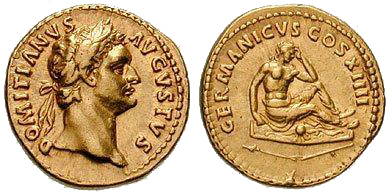

Those who were fortunate enough might have a single aureus(worth twenty five denarii or over a thousand pounds) saved for a rainy day. Only the very wealthy would ever handle gold coins. As Jewish visitors to the Temple had to pay the temple tax in Tyrian shekelsor half shekels (curency from Tyre which didn’t bear the image of any earthly ruler) this provided a lucrative trade for the moneychangers in the temple courts (see Matthew 21:12). Jesus told Peter to catch a fish and open its mouth, whereupon he’d find a stater – a four drachma coin, enough to pay the temple tax for them both (see Matthew 17:27). The half shekel temple tax – that all Jews paid to support the upkeep of the Temple in Jerusalem – was the equivalent of two denarii or two drachmas (see Exodus 30:11-16). And in the ‘Parable of the Unjust Steward’, the servant was flung into prison for owing a hundred denarii (over five thousand pounds) to his fellow steward (see Matthew 18:28).Īnother common silver coin was the shekel, worth four denarii (and equivalent to the Greek stater). The ‘Good Samaritan’ in Jesus’s story gave the innkeeper two denarii (over a hundred pounds) to look after the wounded man for several days (see Luke 10:35).

A denarius was the equivalent of a day’s wage for a labourer (about fifty or sixty pounds in Britain today), and this was the precious coin that the woman searched for in the ‘Parable of the lost coin’ (see Luke 15:8). The standard unit of Roman currency was the silver denarius (the same value as a Greek drachma). Many different coins were issued in Judaea in New Testament times, but all formed part of the universal system of Roman and Greek currency.


 0 kommentar(er)
0 kommentar(er)
